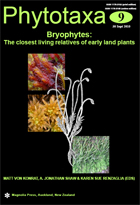Issue:
Vol. 9 No. 1: 30 Sep. 2010
Type: Article
Published: 2014-09-30
Page range: 229-237
Abstract views: 42
PDF downloaded: 34

